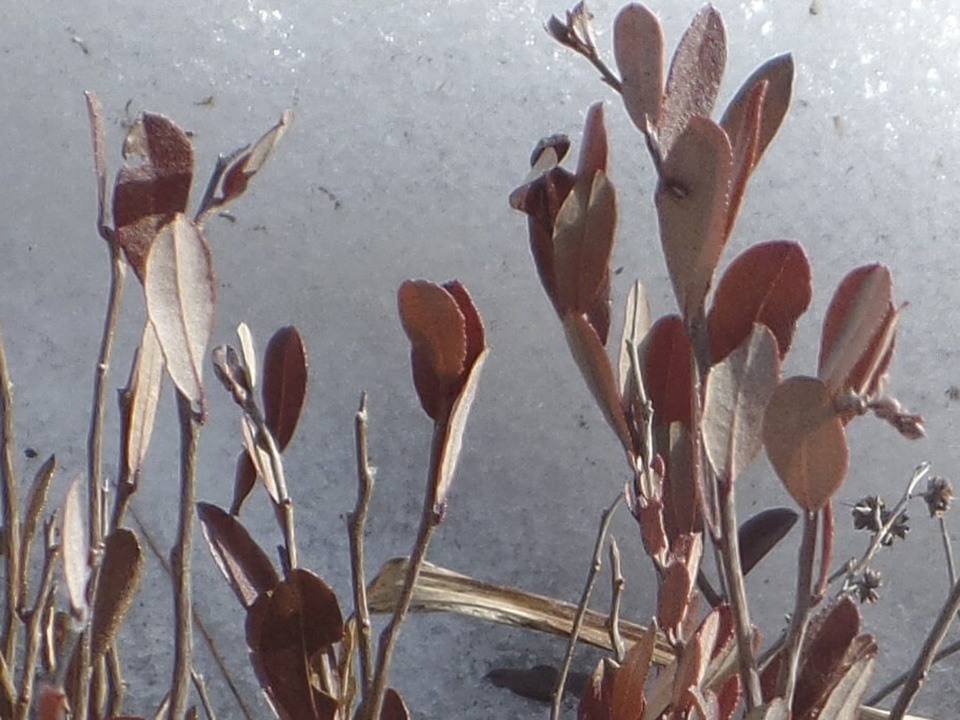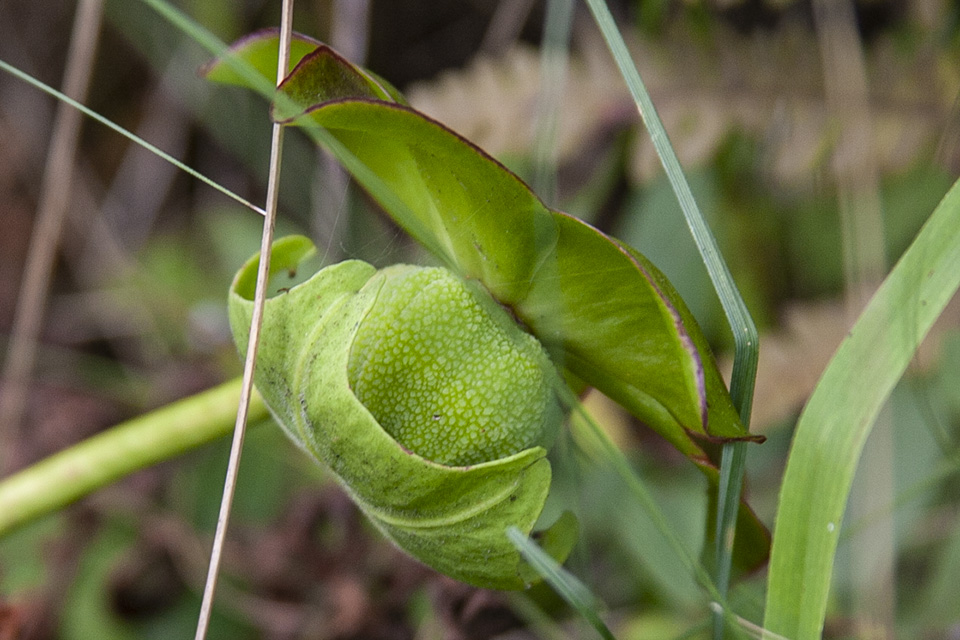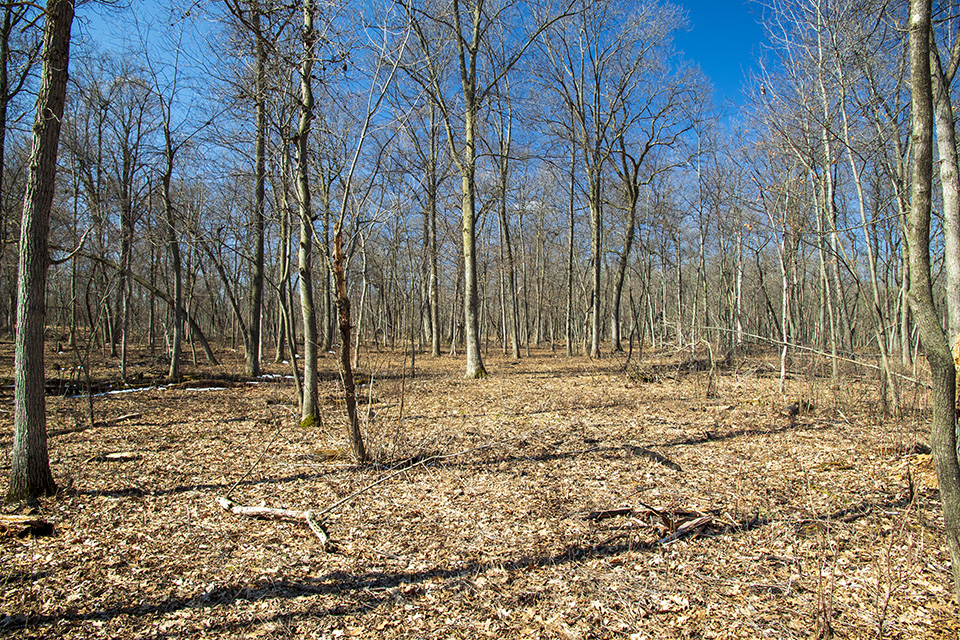
Round-lobed hepatica (Hepatica nobilis var. obtusa) is one of the first wildflowers to appear in Minnesota woodlands in the spring. In early April it can be identified by the rounded, purple, three-lobed leaves laying flat on the ground. These are leaves that have overwintered from the previous year. The name hepatica is Latin for liver, and refers to the shape and color of the leaves, which resemble the human liver.
By the time the flowers appear the overwintered leaves are dying back. The flowers have from 5 to 12 white, pale pink, or pale blue petal-like sepals (usually 6), up to 30 white stamens, and a green center.
After the flowers have bloomed new green leaves emerge from the base on densely hairy stalks. The leaves are divided into 3 lobes shallowly cut to near the middle of the blade. The lobes are rounded at the tip. When young they are densely hairy with long, soft, shaggy hairs. As they age they become hairless or almost hairless.
http://www.minnesotaseasons.com/Plants/round-lobed_hepatica.html



